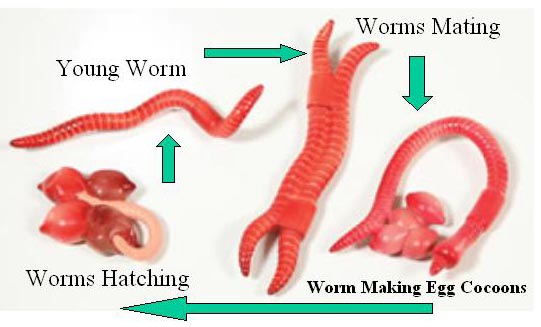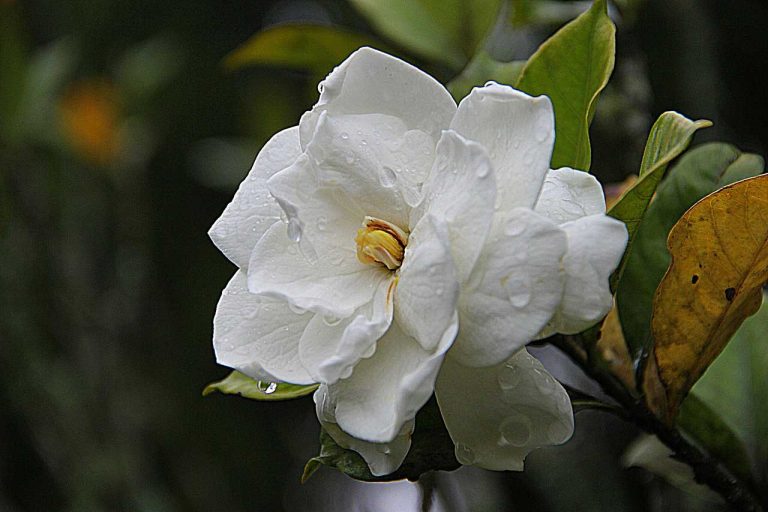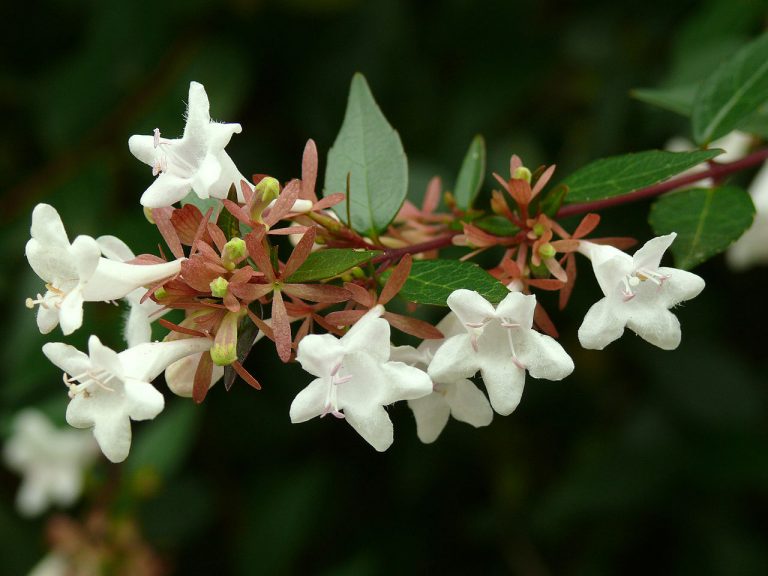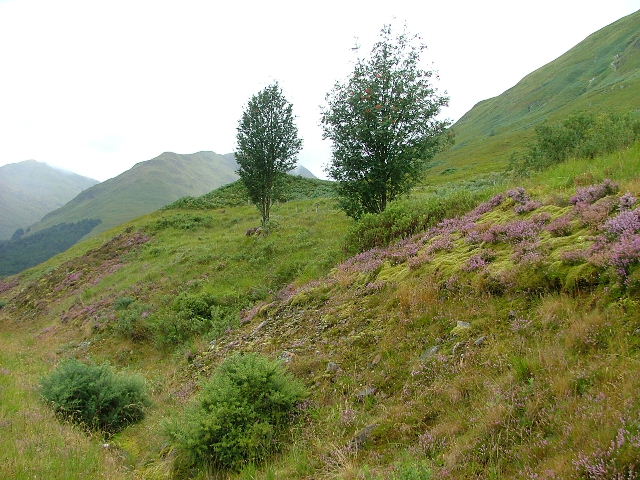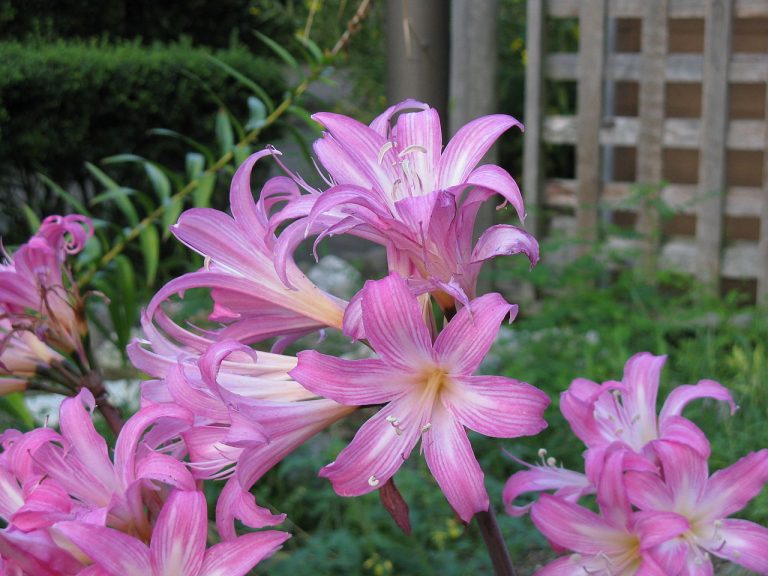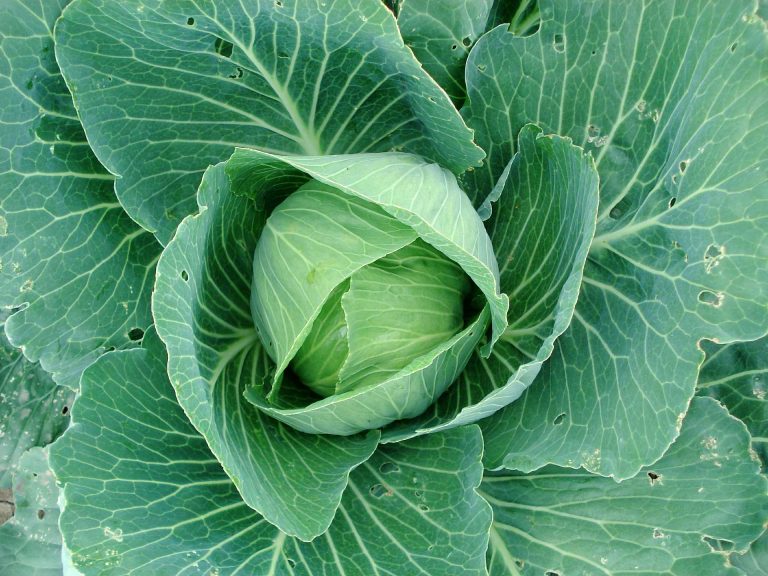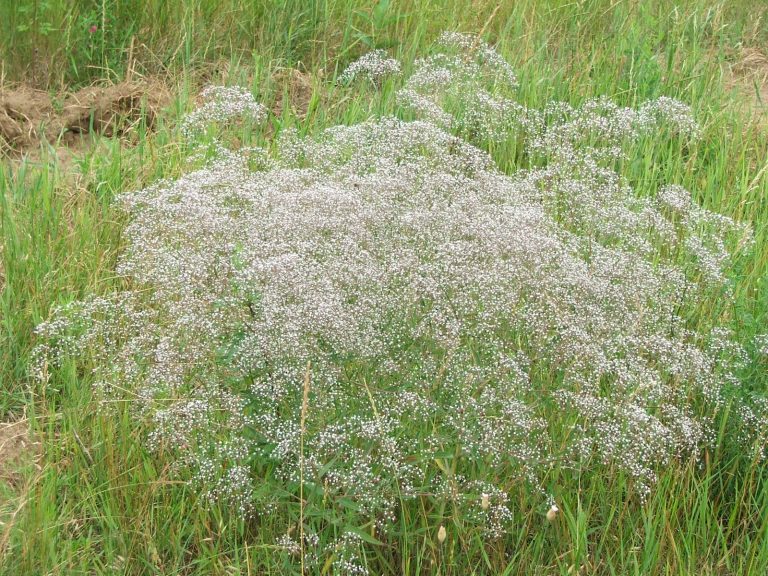How do Worms Reproduce and What Is Their Life Cycle?
Did you know that worms are “hermaphrodites?” That means that every single worm has both male and female reproductive parts. This is one of the coolest facts about worms! Not a lot of people understand exactly how worms reproduce and how the male and female organs work together. In this article, we will explore not only how worms reproduce but also the worm’s life cycle!
Now that you know that worms are hermaphrodites and they each have both organs inside of their bodies, you are probably wondering exactly how you can tell when a worm is ready to start reproducing. Well, when a worm is about four to six weeks old, it will start to form a whitish band around its head, which is called a clitellum. This is where both reproductive organs exist.
Now, even though worms have both sets of organs inside their bodies, they do still need another worm to mate with and they will end up joining together when they are ready to mate. Their heads will face in opposite directions and they will put their clitellums together. Sperm will pass from one worm to another and it will be stored in sacs.
After this step is done, a cocoon will form on each of the worm’s clitellum’s. The cocoons will each hold about one to five baby worms and the conditions are very important in order for the cocoons to hatch. It has to be dry and the cocoons can keep for years until the conditions are just right before hatching.
As soon as the baby worms hatch, they are only about a half an inch long and they are white in color. Worms do not nurture their young and as soon as the baby worms are born, they will start eating. In about four to six weeks, the entire life cycle will start over again! It does not take long for the baby worm to grow into a full adult.
One of the most amazing things about worms is that they can live for years and years as long as the climate and conditions are right. Worms bodies are roughly made up of ninety percent water and one of the ways that a worm will die is because of the water drying up! One of the coolest things about worms is that when they die, their body just becomes part of the compost in the soil and throughout their life and death, they are helping the soil one way or another!

Having discovered a fondness for insects while pursuing her degree in Biology, Randi Jones was quite bugged to know that people usually dismissed these little creatures as “creepy-crawlies”.

